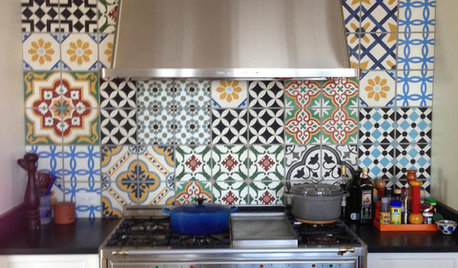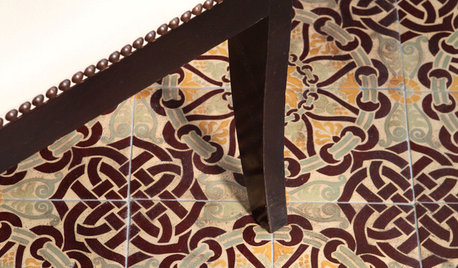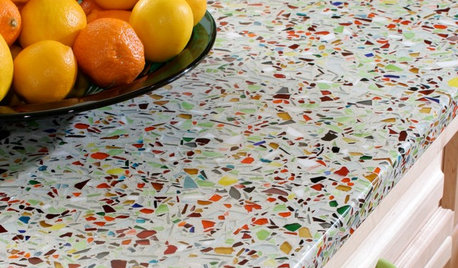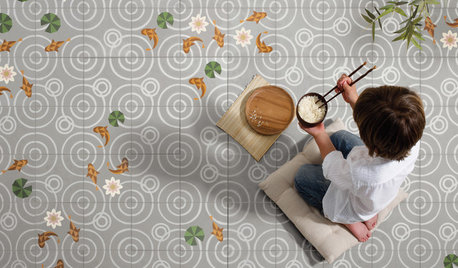Removing Cement from Stone
marthavila
18 years ago
Featured Answer
Comments (10)
kudzu9
18 years agoRelated Professionals
Ballenger Creek Kitchen & Bathroom Designers · Gainesville Kitchen & Bathroom Designers · Yorba Linda Kitchen & Bathroom Designers · Shamong Kitchen & Bathroom Remodelers · Artondale Kitchen & Bathroom Remodelers · Cleveland Kitchen & Bathroom Remodelers · Glen Carbon Kitchen & Bathroom Remodelers · Las Vegas Kitchen & Bathroom Remodelers · Pinellas Park Kitchen & Bathroom Remodelers · Pueblo Kitchen & Bathroom Remodelers · Upper Saint Clair Kitchen & Bathroom Remodelers · Corpus Christi Architects & Building Designers · Lansdale Architects & Building Designers · Madison Heights Architects & Building Designers · Syracuse Architects & Building Designerskudzu9
18 years agomarthavila
18 years agokudzu9
18 years agomarthavila
18 years agofoxjohnsix
15 years agomarthavila
15 years agojanice_l_gmail_com
12 years agomarthavila
12 years ago
Related Stories

HOUSEKEEPINGHow to Remove Water Rings From Wood Tables
You may be surprised by some of these ideas for removing cloudy white water marks from wood surfaces
Full Story
TILESo Many Reasons to Love Cement Tiles
You’ll notice their beautiful patterns right away, but cement tiles have less obvious advantages too
Full Story
TILEEpoxy vs. Cement Grout — What's the Difference?
Grout is grout, right? Nope. Cement and epoxy versions have different appearances, durability and rules of installation
Full Story
REMODELING GUIDESFiber Cement Siding Takes a Front Seat
Not just a wood or vinyl substitute, fiber cement is a stellar siding choice in its own right for modern home exteriors
Full Story
REMODELING GUIDESOld is New: Cement Tile Makes a Comeback
Get Ideas for Using Colorful Moorish-Inspired Tile at Home
Full Story
KITCHEN DESIGNKitchen Counters: Sturdy, Striking Recycled Glass With Cement
Ecofriendly and full of character, this heat- and scratch-resistant material is a great fit for custom kitchen counters
Full Story
TILEWorld of Design: How Modern Geometric Designs Are Reinventing Cement
Intricate and eye-catching, the patterns of today’s cement tiles mark a break with their past while preserving an age-old technique
Full Story
PLANTING IDEASEasygoing Tulip Ideas From a Grand California Garden
Gather up these ways to use tulips to make a spring garden of any size overflow with beauty
Full Story
MOST POPULAR15 Remodeling ‘Uh-Oh’ Moments to Learn From
The road to successful design is paved with disaster stories. What’s yours?
Full Story
TILETop Tile Trends From the Coverings 2013 Show — the Wood Look
Get the beauty of wood while waving off potential splinters, rotting and long searches, thanks to eye-fooling ceramic and porcelain tiles
Full Story








marthavilaOriginal Author